Nearly a quarter of Sri Lanka has dense forest cover and approximately half of that is devoted to wildlife protection.
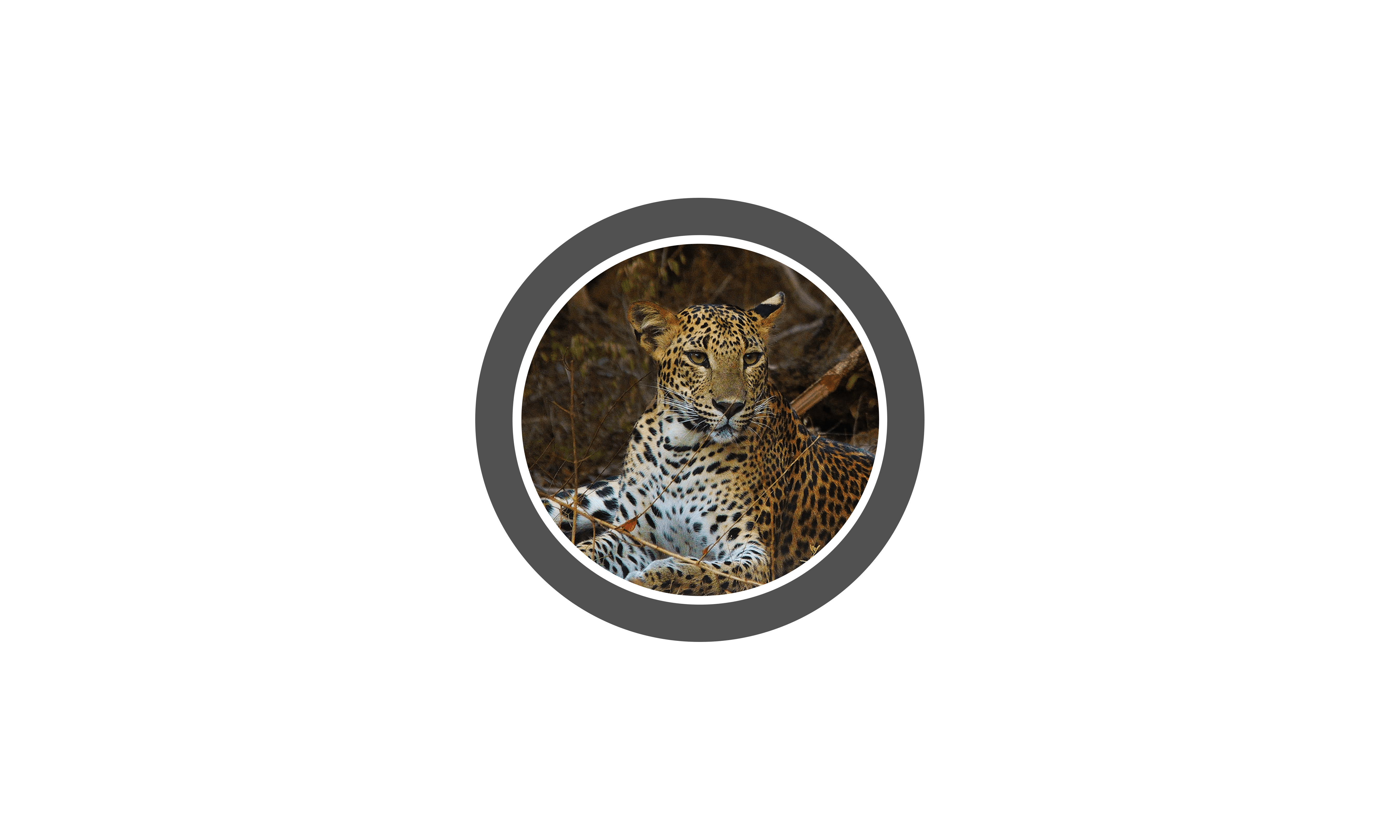
YALA NATIONAL PARK
Yala National Park that consists of five blocks is the most visited and second largest national park in Sri Lanka. Though Yala spreads over an area of 1260 square kilometers, only one fifth of the area is open to the visitors. Yala gives the best opportunity to witness Sri Lanka’s broad variety of wildlife: colorful painted stork in troops are seen perched at the shores of lagoon where the crocodiles too have chosen to doze off; lovely fantailed peacocks in their resplendent blues and greens parade about amidst the woods where monkeys hang, leap and chatter; in the bush jungle are the Elephants; crossing the tracks and wandering off into the thorny scrub jungle is the star attraction of the park: the leopard.
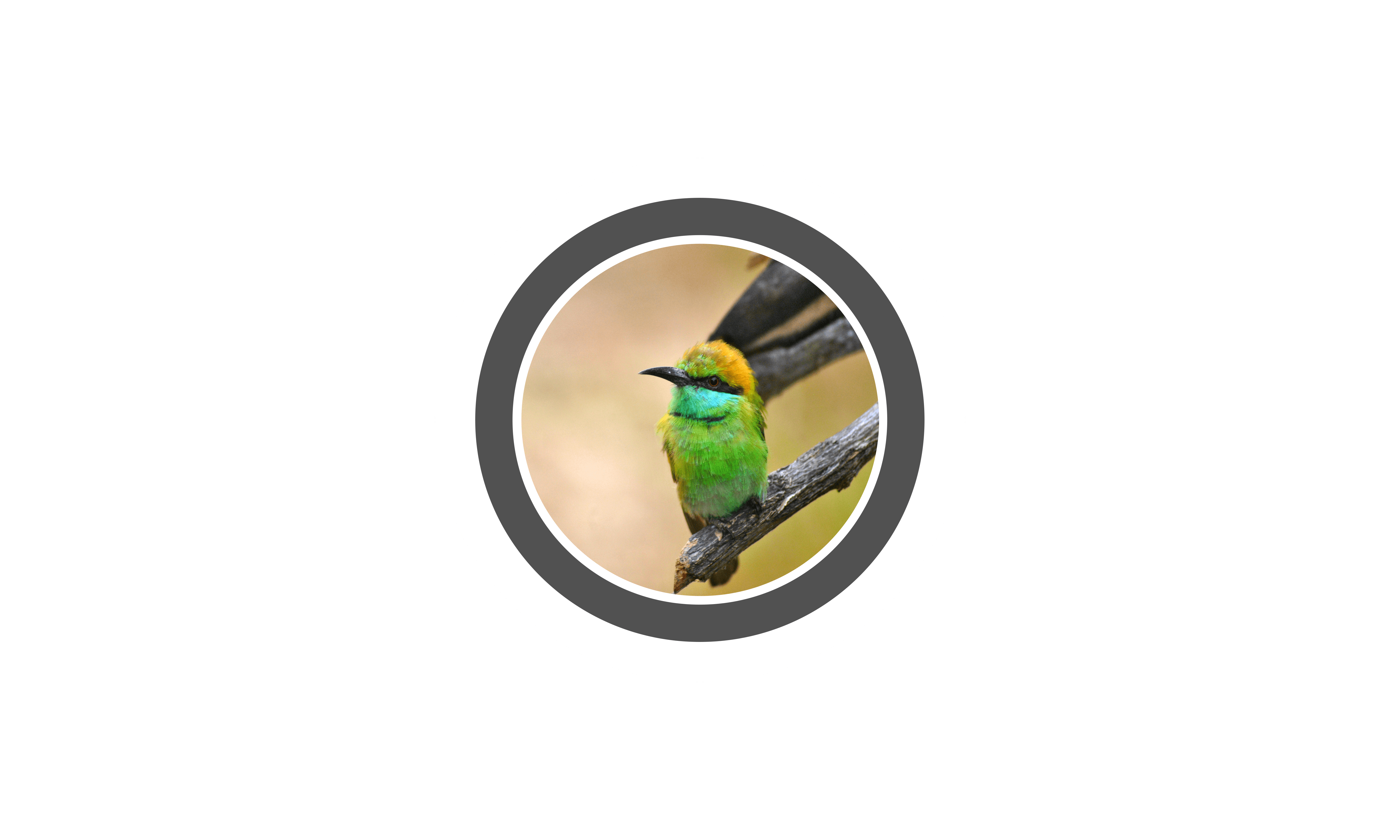
WILPATTU NATIONAL PARK
Wilpattu National Park is located 25km north of Puttalam or 30km west of Anurdhapura. The park that lies on the northwest coast spans the border between North Central Province and North Western Province of Sri Lanka. To the south of Wilpattu National Park is River Modergam Aru; to the north is River Kalay oya. Wilpattu National Park is a park located on the island of Sri Lanka. The unique feature of this park is the existence of “Willus” - Natural, sand-rimmed water basins or depressions that fill with rainwater. Wilpattu National Park’s varying natural habitats; coastal belt, natural lakes (villus), rocky outcrops, scrublands, open grasslands and dense forest provide for numerous species of animals.
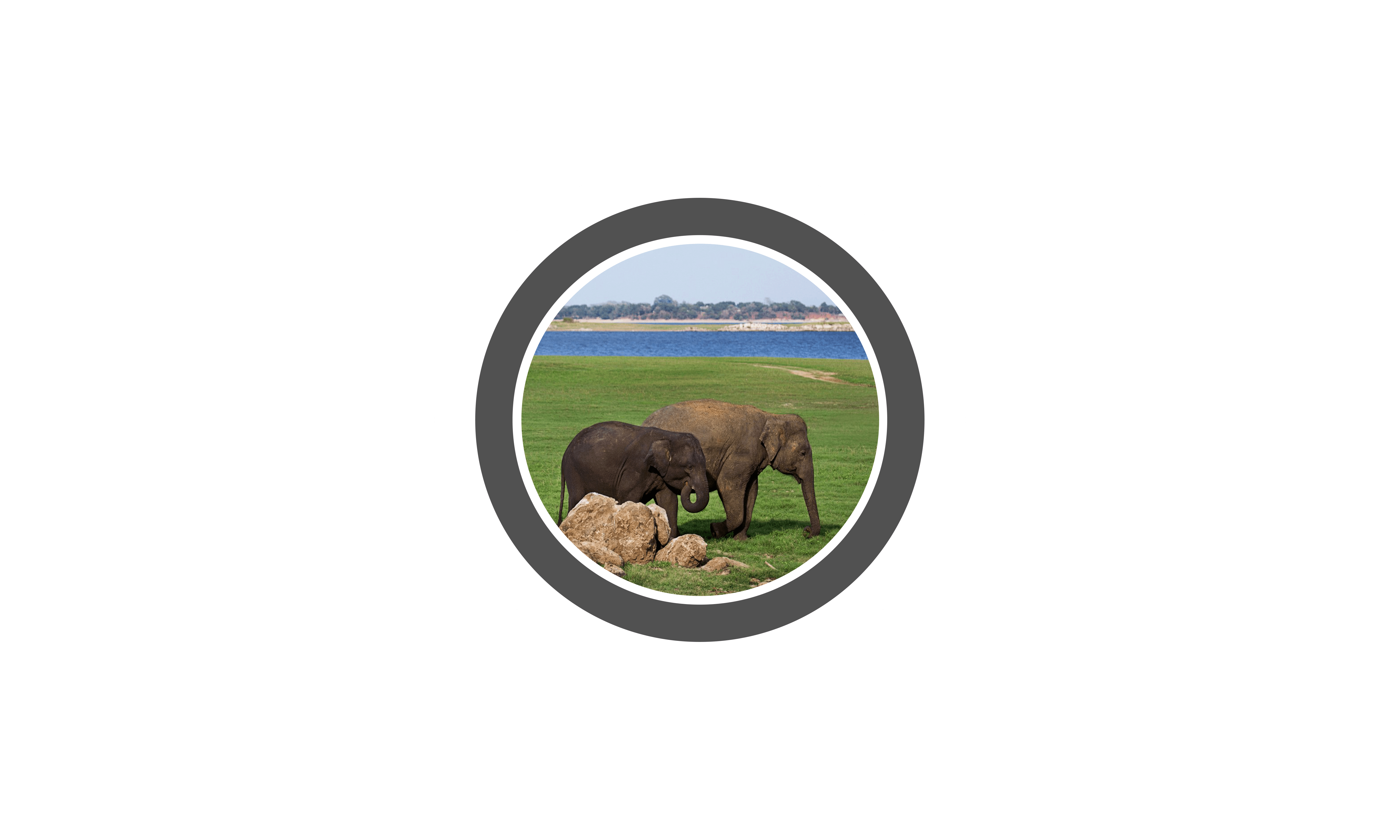
MINNERIYA NATIONAL PARK
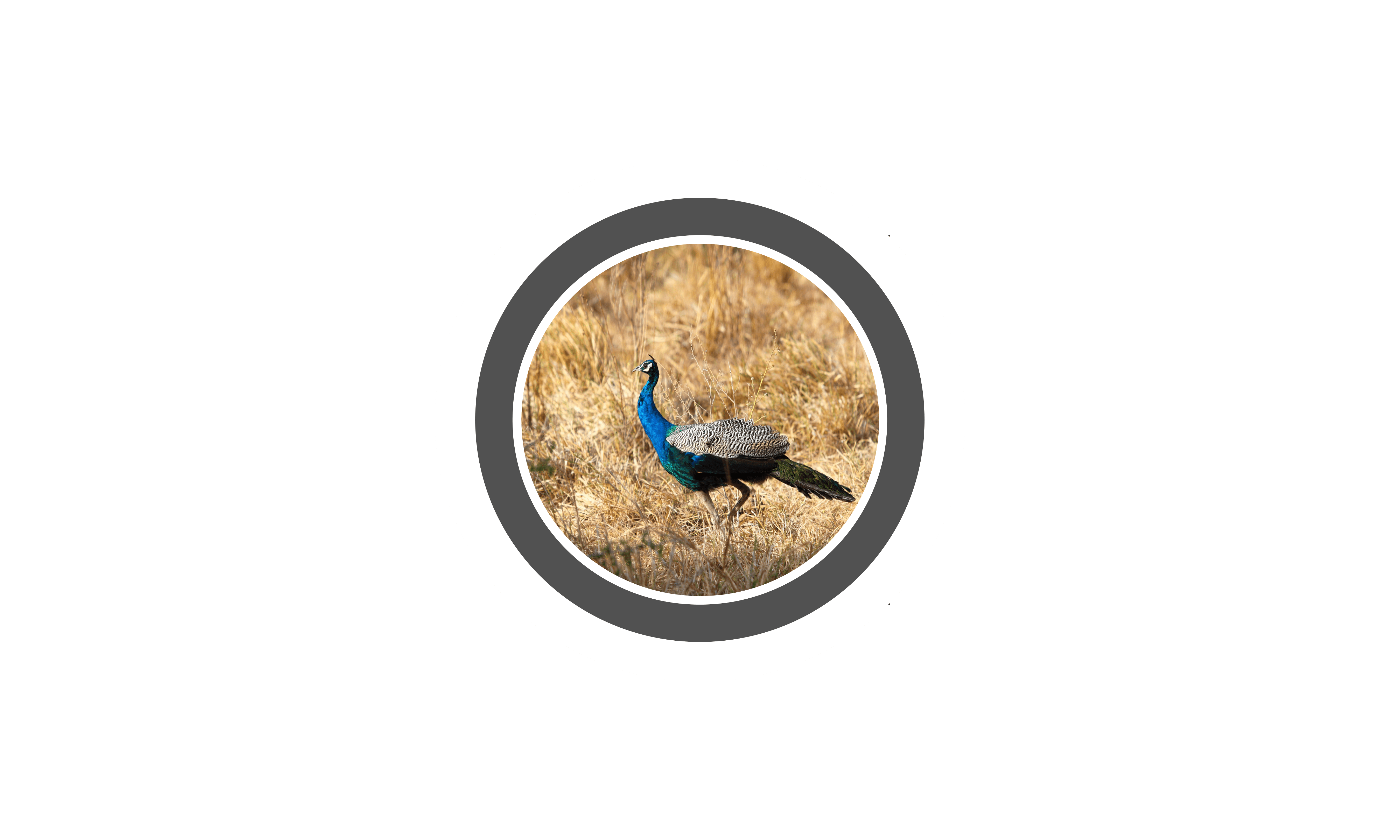
UDAWALAWE NATIONAL PARK
Udawalawe National Park, the sixth largest animal sanctuary of Sri Lanka is located 180 km from Colombo in south-central sector of the island. Keeping company to the herds of elephants, the main attraction of the park are the Water Buffalo, Wildboar, Spotted Deer, Sambar Deer, Jackal, Samber, Black-naped hare, mongooses, bandicoots, foxes, s the endemic Toque Macaque and Gray Langers. Sighting a Leopard and other smaller cats like Fishing cat & Jungle cat would be a bonus.
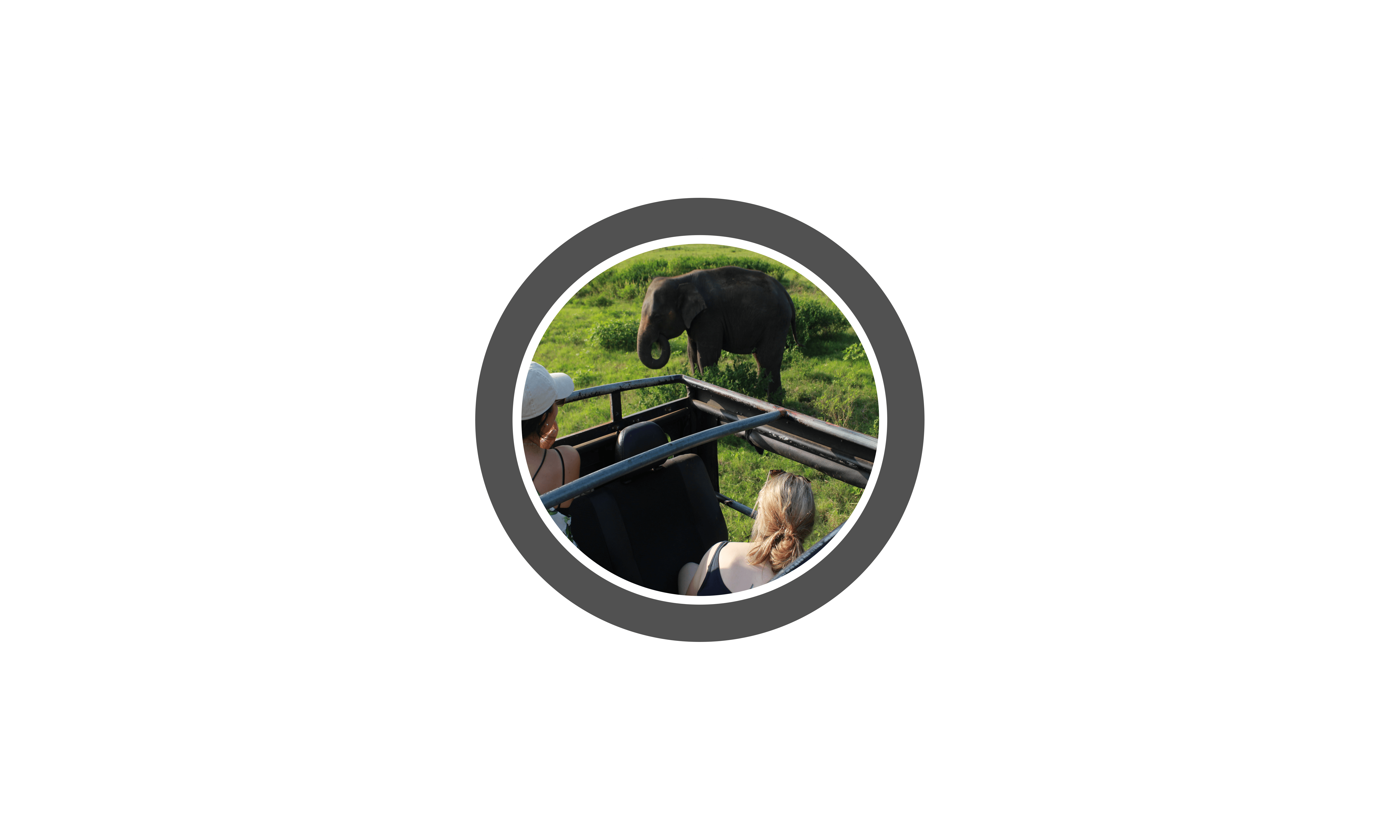
KAUDULLA NATIONAL PARK
Kaudulla National Park, a dry evergreen forest that spread over an area of 6656 hectares is connected to the corridor between nearby Minneriya Wildlife Park and Kaudulla.It was opened in 2002 providing the elephants more expenses in the wilderness, in the process connecting to the elephant corridor between Minneriya and Wasgamuwa national parks to the south. Kaudulla also connects Somawathiya National Park to the east.Apart from the elephants, Kaudulla National Park is home to 23 species of mammals including Sambar Deer, Sri Lankan Axis Deer, Chevrotain, Wild boar, Leopard, and Sloth Bear are other mammals. Very rarely one could spot leopard and sloth bears. The best period of time to visit this park is during the months of June to September.
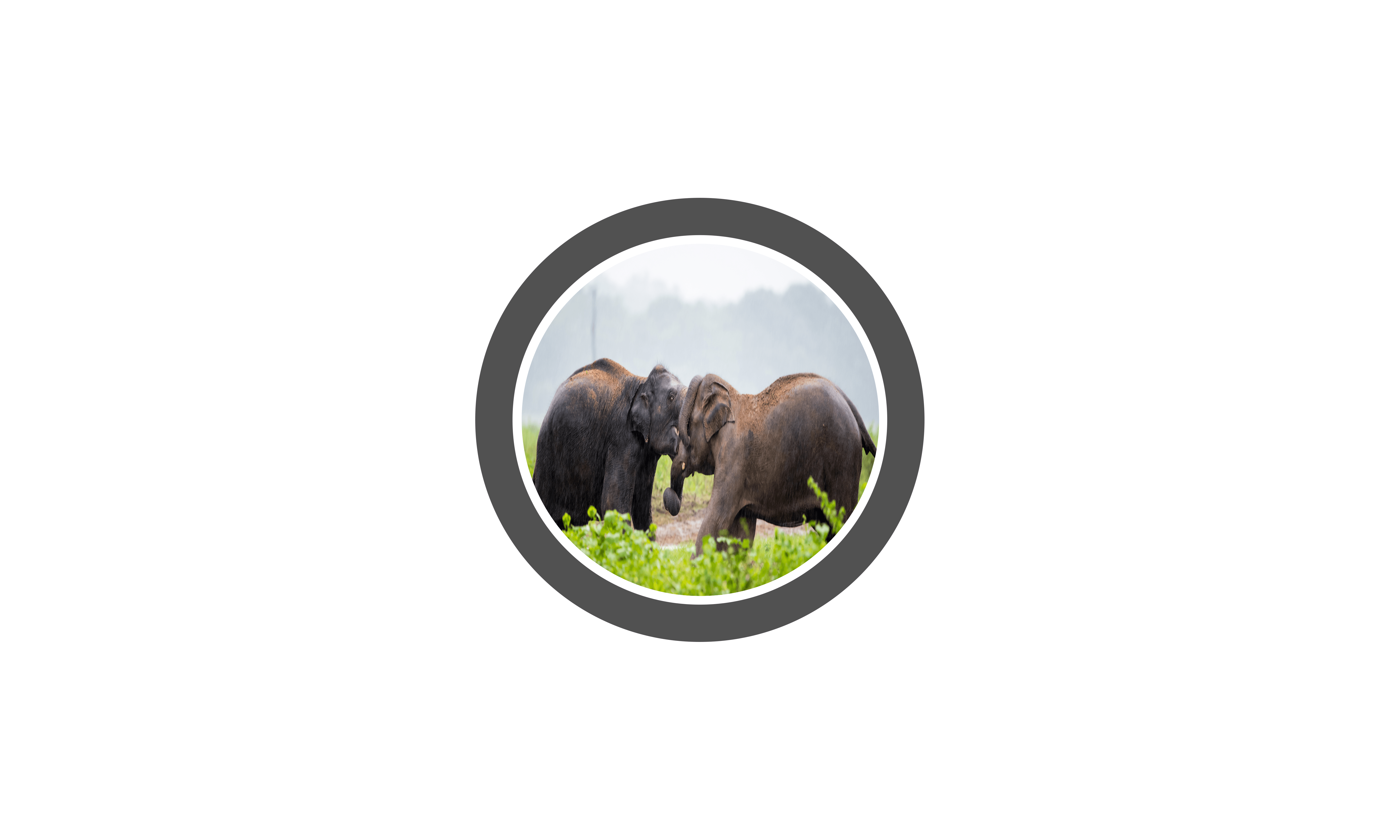
WASGAMUWA NATIONAL PARK
Wasgamuwa National Park (Wasgamuwa) is located in the districts of Matale and Polonnaruwa at a distance of 225 km away from Colombo. This is spanning over 36,900 hectares is bordered by River Mahaweli Ganga and River Amban Ganga in east and west. The center of the attraction is herds of elephants up to 150. The best time to enjoy the sight of large herds is during November to May. In the rest of the year the elephants tend to migrate to nearby Minneriya and Kaudulla national Parks. Other wildlife includes Purple faced langur monkeys, wild boar, sambar and spotted deer, buffalo and rarely sighted leopards and sloth bears.Among the reptiles are water monitor, mugger crocodile, estuarine crocodile and python (Python Molurus).
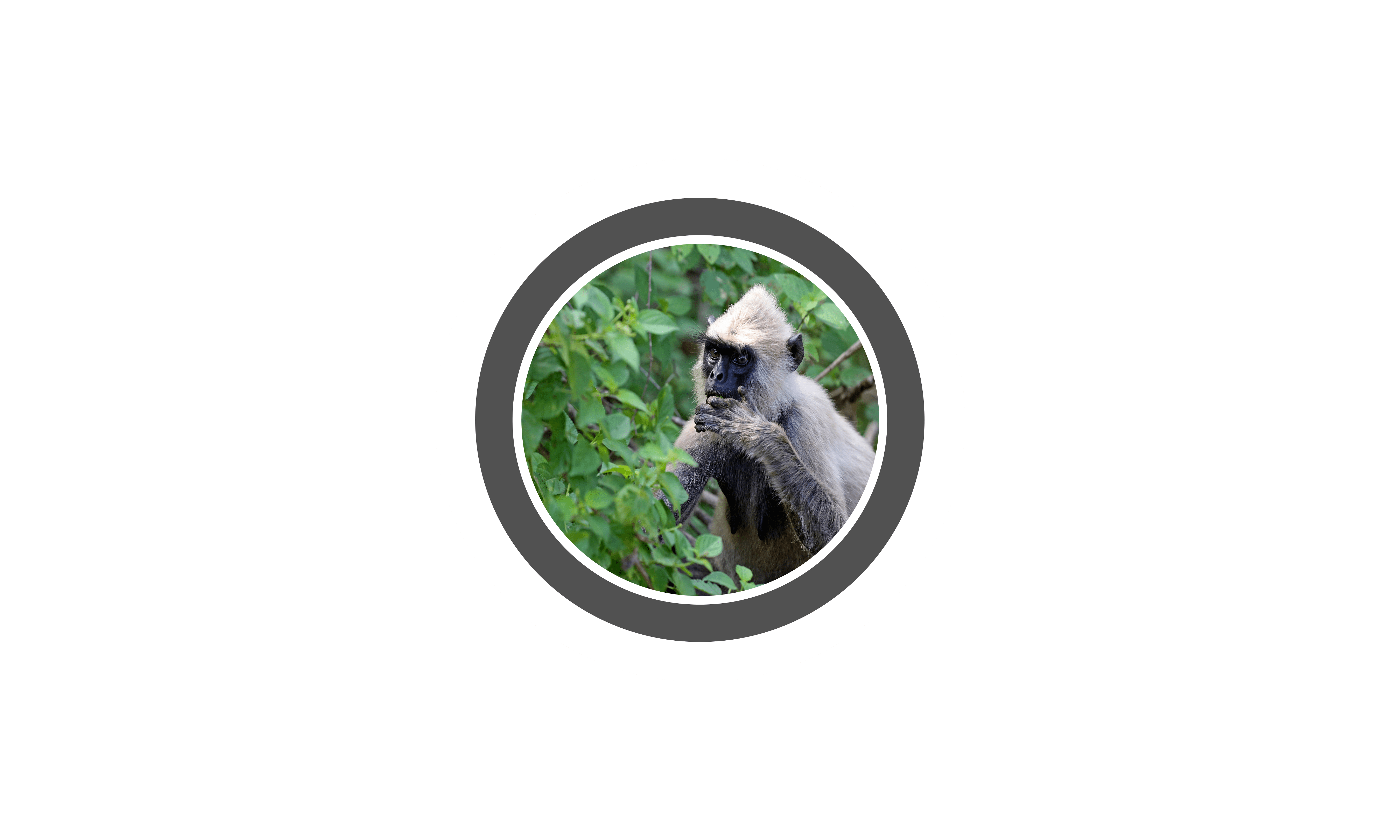
BUNDALA NATIONAL PARK
Bundala National Park spread an area of 6216 that consists of mainly of dry thorny scrublands, marshes and four brackish lagoons. The terrain is generally flat with sand dunes bordering the coastline.Each and every species of water bird found in Sri Lanka is believed to visit Bundala National Park . Nearly 200 species of birds have been recorded within the park, out of which 58 species are migratory birds. During September and March, hoards of migrants arrive in Bundala. Bundala is home to 32 species of mammals. Among them are civets, wild boars, Grey & Ruddy mongoose, porcupine, giant Indian palm squirrels, black-naped hares, Spotted Deer, Wild buffalo, the endemic, jackal and fishing & Rusty Spotted cats. While most commonly seen mammals are the hordes of grey langur and Toque Macaque.
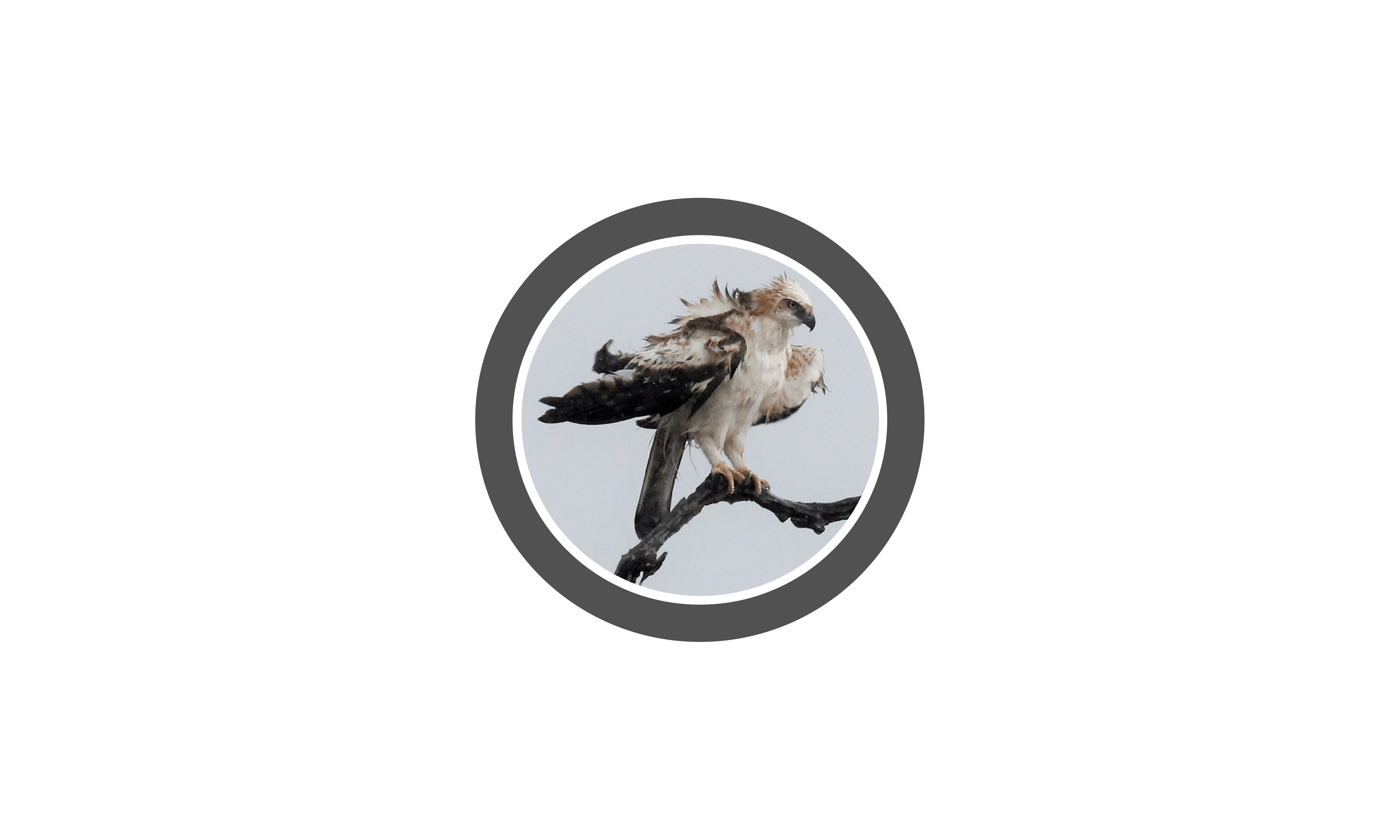
KUMANA NATIONAL PARK
The Kumana National Park, also known as Yala East National Park is located in the Ampara district of south-east of Sri Lanka. It's spreads over an area of 35,664 hectares. In the west, the park is bordered by River Kumbukkan Oya; to the south is south-eastern coast that runs to Panama. A 200 hectares mangrove swamp called “Kumana Villu” within the Park is subject to occasional inundation with sea water. It is at this swamp that many water birds nest, during the months of May and June. Scattered in the Kumana National Park are several water pools that are favorite spots of the wildlife: Kudawella wewa, Thummulla wewa and Kotalinda wewa. Sri Lanka records more than 430 bird species comprising endemic, resident and migrant birds. Of these, the bird watchers are able to watch over 200 species easily.
lets explore
find us
Salut Sri Lanka Tours,
Kadirana, Negombo, Sri Lanka.
Tel : 0094 77 665 6567
Email : salutsrilanka@gmail.com


